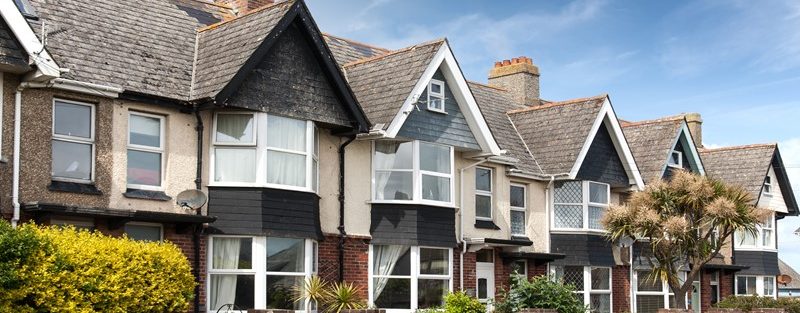To calculate your Council Tax, you need to know the following:
- The valuation band of your property in England, Wales, or Scotland
- The amount your local council charges for that band
- Whether you qualify for a discount or exemption from the full bill
If you are on a low income or receive benefits, you may be eligible for Council Tax Reduction (formerly known as Council Tax Benefit).
Your property may be put in a different band in some circumstances, for example if:
- you demolish part of your property and do not rebuild it;
- you alter your property to create 2 or more self-contained units, for example an annexe – each unit will have its own band;
- you split a single property into self-contained flats;
- you convert flats into a single property;
- you start or stop working from home;
- the previous owner made changes to your property;
- there are significant changes to your local area, like a new road being built; or
- a similar property in your area has its Council Tax band changed.
A full Council Tax bill is based on at least two adults living in a home. Spouses and partners who live together are jointly responsible for paying the bill.
Certain people are not counted (‘disregarded’) when working out how many people live in a property. Your Council Tax bill may be reduced if there are disregarded people living in your property. There are also discounts that may be available for households where everyone is a full-time student or if someone living in the property is disabled.
If you think you have overpaid your Council Tax bill you need to contact your local council to discuss a refund.



